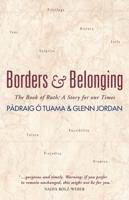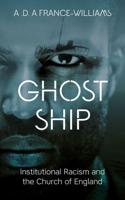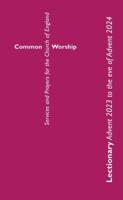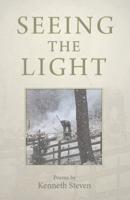Publisher's Synopsis
The venerable Dr. Furness, obeying "at eve the voice obeyed at prime," tells again in this little volume the story, dear to his heart, of Christ's resurrection; adding in the latter half of the volume remarks on the character of Jesus and the claims of the Gospels to be considered veritable history. Over the whole book is shed the charm of a beautiful spirit, repeating in simplicity and affection its often-offered tribute to the greatest man of men. If tender and loving faith of the purest strain could alone convince one of the reality of the gospel narratives of Jesus' "actual reappearance alive in the flesh to Mary," Dr. Furness would win an easy triumph over our critical hesitations. But, when he says that " nothing in the Gospels is proved, nothing in all the world"; that " all is an illusion," if such a reappearance is not proved; and that, if Jesus had not awoke from the dead, " his memory would have faded away from the world into an unsubstantial dream of the past," he arouses reasonings that are not easily satisfied. If this last assertion is true, why does Dr. Furness say, concerning the Gospels as a whole, "Great things said and done strike all who hear and behold them; and hearers and beholders there always are who must publish what they have heard and seen, or die"? If this be so, and true it is, how could the memory of Jesus' life have perished, if he had not risen from the dead?
Apart from this general inconsistency of view, however, Dr. Furness here emphasizes again his favorite idea " that it was not an angel, but Jesus himself whom the guard and the women saw" at the sepulchre. In this, he thinks "to have found the key which opened the whole story to the light, - the light of truth and nature illumining it to its minutest details." But Dr. Furness, we must think, has unconsciously judged his own theory, when he speaks of himself as "possessed with" this idea.
Possession with a theory makes us apt to add what is lacking, and to overlook what is most damaging to our theory in the actual story. Our author does not hesitate to supplement, and even correct, the gospel narrative to make it fit his theory, as on page 42, where he makes out that what Jesus "said, and all that he meant to say," was not, " Touch me not," as in the Gospel, but "that she was not to stop to embrace him then, there would be other opportunities of seeing him." But if Dr. Furness, intent upon his "key," thus alters the lock itself, it is a slight matter compared to his omission of a most important feature of the resurrection narrative in the first three Gospels. The angel said to the women, in Mark's words, "He is risen; he is not here; behold the place where they laid him." To this declaration, repeated in substance by Matthew and Luke, this book makes no allusion. Dr. Furness says that the angel was Jesus himself. Did he then rise from the dead with an emphatic falsehood on his lips? The author has not seen what an immoral character the resurrection thus takes on. How these words of the angel are to be reconciled with Dr. Furness' theory altogether fails to appear.
But, if the first portion of this volume is thus inconclusive, the second part is of a very different character. In "reading between the lines" of the narrative of Jesus' life, from the Baptism to the Last Supper, Dr. Furness is sometimes a little fanciful; but, most often, he lights up the story with beautiful insight, and reveals his own strength, which lies clearly in spiritual penetration, not in criticism. He carries us entirely with him, when "in the name of all that is just, generous, honorable," he asks, "for God's sake and for man's, let us not forget the sacred debt that we owe to Christ himself... known as he truly was in the beauty of his life, as human as it is Godlike."
-"The Unitarian Review," Volume 23 [1885]









